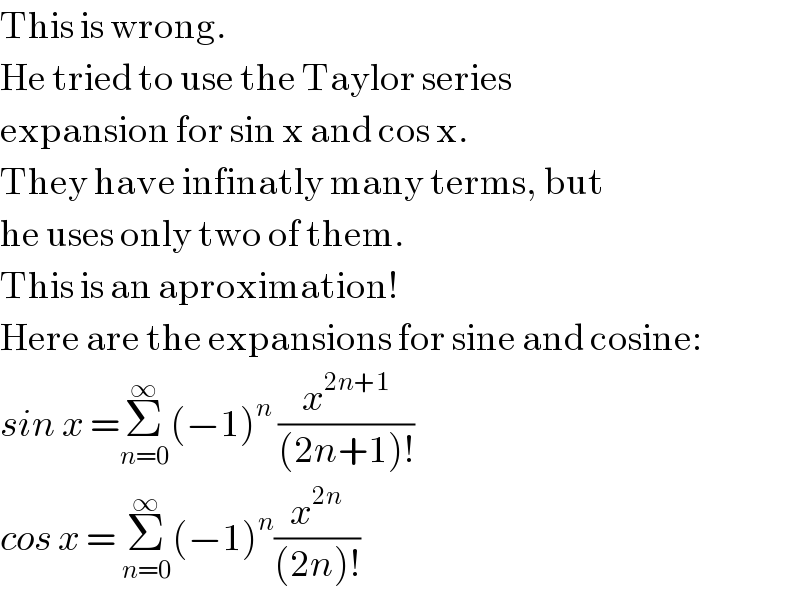Question Number 17348 by Tinkutara last updated on 04/Jul/17
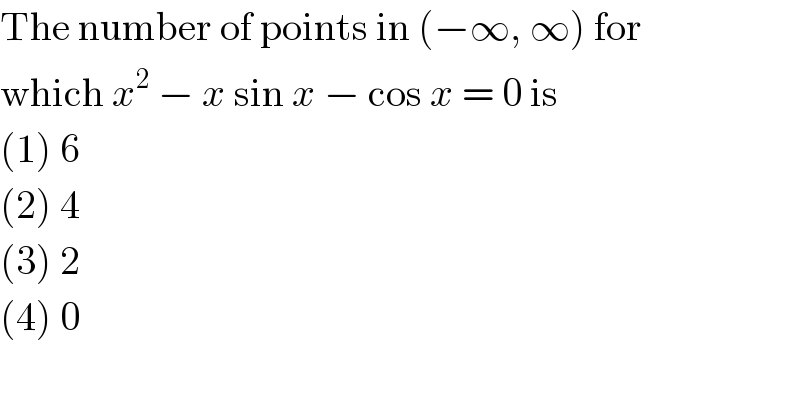
Answered by ajfour last updated on 04/Jul/17
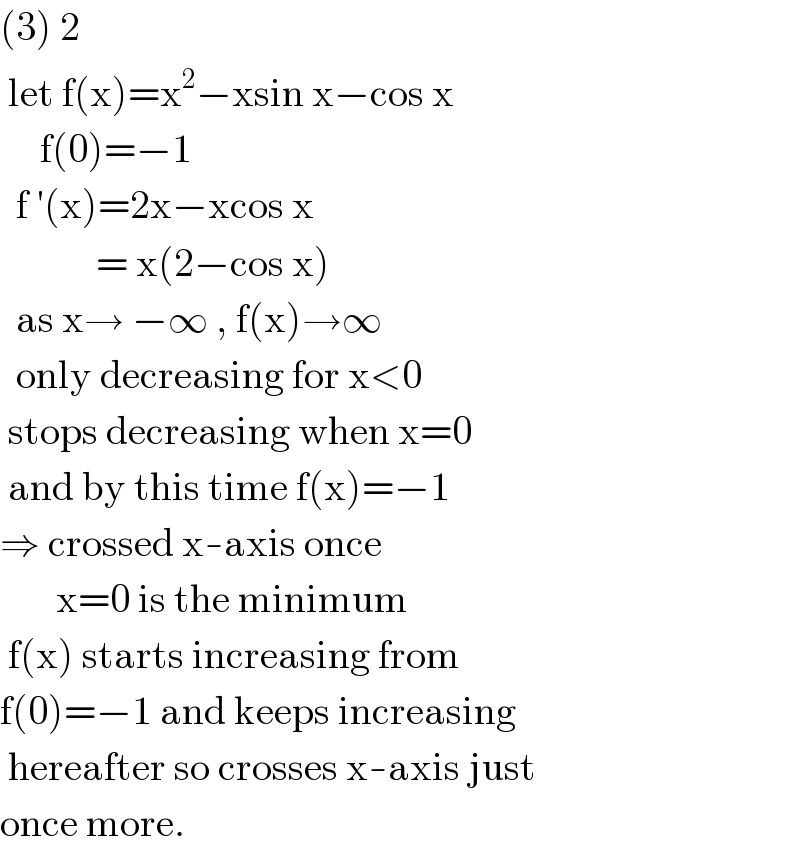
Commented by Tinkutara last updated on 05/Jul/17

Answered by mrW1 last updated on 04/Jul/17
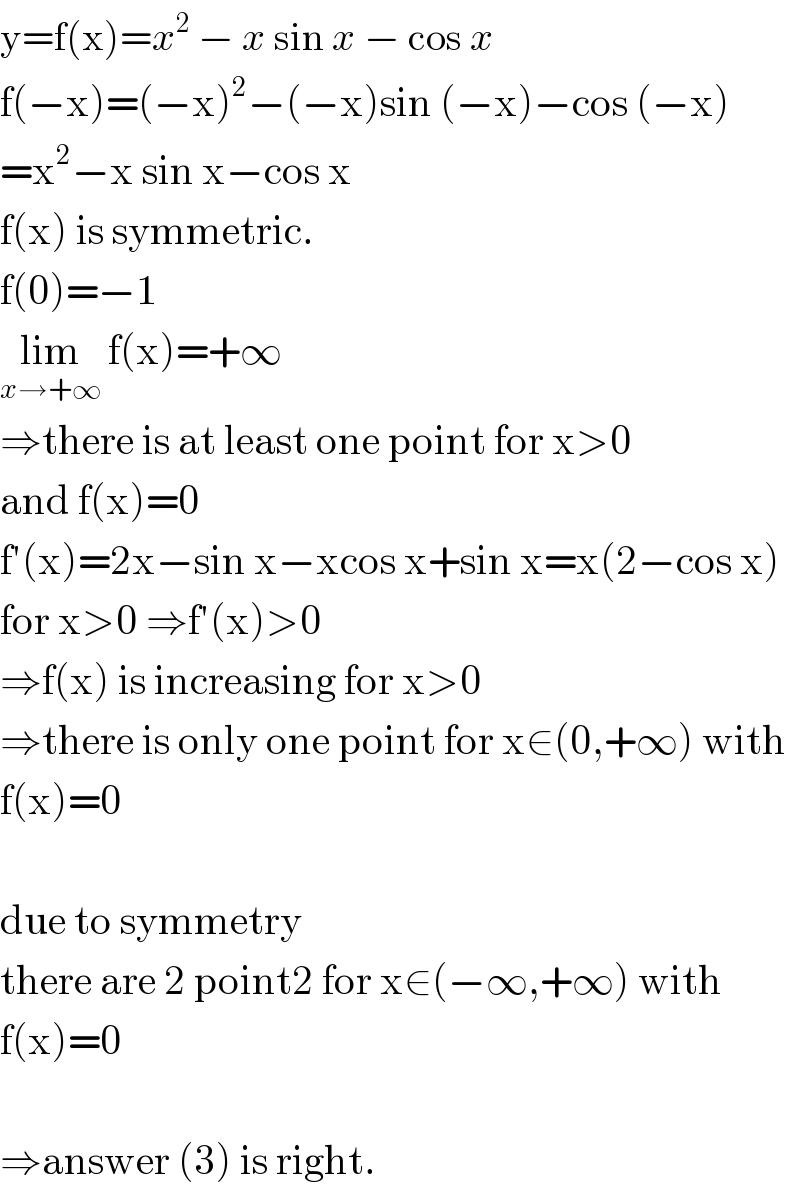
Commented by Tinkutara last updated on 05/Jul/17

Answered by b.e.h.i.8.3.4.17@gmail.com last updated on 06/Jul/17
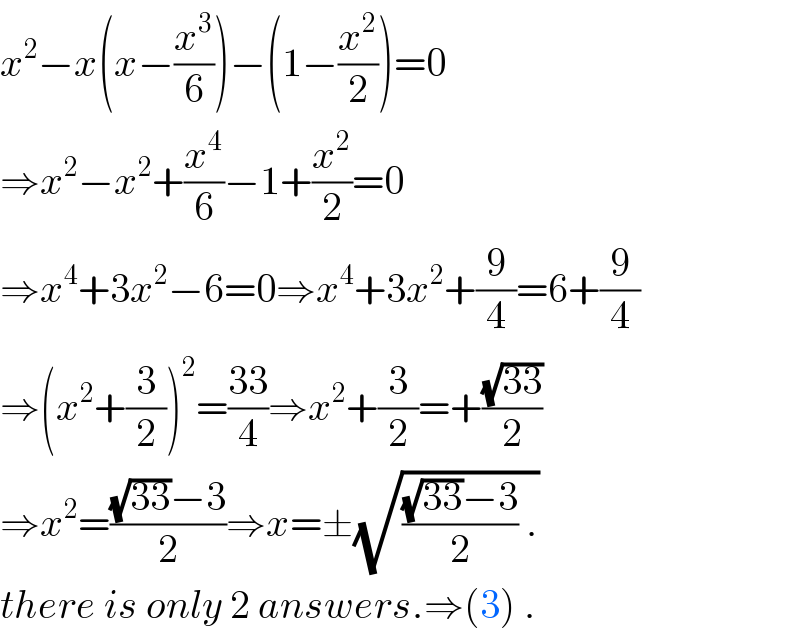
Commented by Tinkutara last updated on 07/Jul/17

Commented by alex041103 last updated on 07/Jul/17
